Breaking it Down In the world of fashion and footwear, the debate between faux leather and real leather shoes has long been a topic of discussion. While both materials have their own set of advantages and disadvantages, it’s essential to understand the intricacies of each in order to make an informed decision when purchasing your next pair of shoes. In this article, we will delve into the differences between faux and real leather shoes, analyzing factors such as durability, environmental impact, and cost. Durability One of the primary concerns when choosing a pair of shoes is durability. Real leather shoes are known for their longevity and ability to withstand wear and tear. The natural fibers and superior craftsmanship make them more resistant to damage compared to faux leather shoes. Real leather shoes are made from the hides of various animals, such as cowhide and sheepskin. The genuine leather fibers in these shoes allow for breathability, flexibility, and elasticity, ensuring that they contour to the shape of your feet.

.
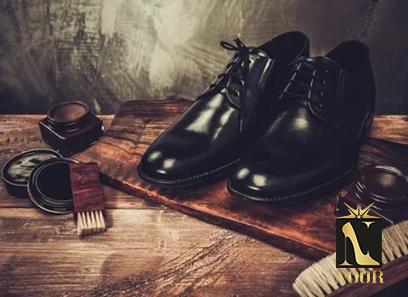 This trait also enables real leather shoes to withstand creasing, making them less prone to cracking or breaking. On the other hand, faux leather shoes are typically made from synthetic materials such as polyvinyl chloride (PVC). While advances in manufacturing techniques have made faux leather more durable than before, it still lacks the same level of resilience as real leather. Faux leather shoes are more prone to scuffing, tearing, and developing cracks over time. However, it is worth noting that the durability of faux leather can vary depending on the quality and manufacturing process. Environmental Impact The choice between faux and real leather shoes also has significant implications for the environment. Real leather shoes are derived from animal hides, which raises ethical concerns surrounding animal rights and the environmental impact of the leather industry. Animal agriculture for leather production contributes to deforestation, greenhouse gas emissions, and water pollution.
This trait also enables real leather shoes to withstand creasing, making them less prone to cracking or breaking. On the other hand, faux leather shoes are typically made from synthetic materials such as polyvinyl chloride (PVC). While advances in manufacturing techniques have made faux leather more durable than before, it still lacks the same level of resilience as real leather. Faux leather shoes are more prone to scuffing, tearing, and developing cracks over time. However, it is worth noting that the durability of faux leather can vary depending on the quality and manufacturing process. Environmental Impact The choice between faux and real leather shoes also has significant implications for the environment. Real leather shoes are derived from animal hides, which raises ethical concerns surrounding animal rights and the environmental impact of the leather industry. Animal agriculture for leather production contributes to deforestation, greenhouse gas emissions, and water pollution.
..
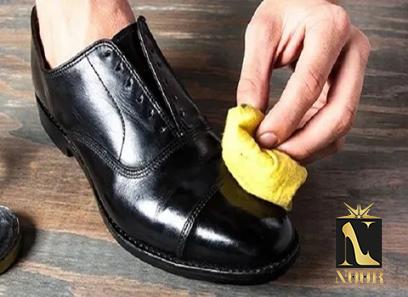 Additionally, the process of tanning leather relies on harmful chemicals like chromium, which poses environmental risks during production and disposal. On the other hand, faux leather shoes are often touted as a more sustainable alternative. Because they are made from synthetic materials, faux leather shoes avoid the ethical dilemmas associated with animal-derived products. However, it’s important to note that the production of synthetic materials also has its environmental drawbacks. Synthetic materials like PVC require the extraction of non-renewable resources, emit toxins during manufacturing, and are not bio-degradable. Cost Cost is a significant factor for many when deciding between faux leather and real leather shoes. Real leather shoes generally come with a higher price tag due to the quality of the material and the skilled labor involved in their production. However, the longevity and durability of real leather shoes often outweigh the initial investment, as they tend to last longer and require fewer replacements. Faux leather shoes, on the other hand, are often more affordable. The synthetic materials used in their production are widely available and cost-effective, making faux leather shoes a budget-friendly option.
Additionally, the process of tanning leather relies on harmful chemicals like chromium, which poses environmental risks during production and disposal. On the other hand, faux leather shoes are often touted as a more sustainable alternative. Because they are made from synthetic materials, faux leather shoes avoid the ethical dilemmas associated with animal-derived products. However, it’s important to note that the production of synthetic materials also has its environmental drawbacks. Synthetic materials like PVC require the extraction of non-renewable resources, emit toxins during manufacturing, and are not bio-degradable. Cost Cost is a significant factor for many when deciding between faux leather and real leather shoes. Real leather shoes generally come with a higher price tag due to the quality of the material and the skilled labor involved in their production. However, the longevity and durability of real leather shoes often outweigh the initial investment, as they tend to last longer and require fewer replacements. Faux leather shoes, on the other hand, are often more affordable. The synthetic materials used in their production are widely available and cost-effective, making faux leather shoes a budget-friendly option.
…
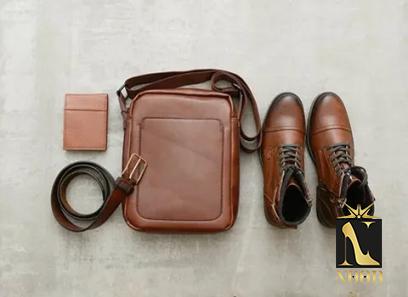 However, it’s important to consider that the lower price point may be reflective of the lesser quality and durability of the materials used. Faux leather shoes may need to be replaced more frequently, leading to increased long-term costs. Style Options When it comes to style, both faux and real leather shoes offer a plethora of options to suit individual preferences. Real leather shoes are cherished for their classic and timeless appeal. They exude a sense of luxury and sophistication that many consider unmatched by their faux counterparts. The natural textures and unique imperfections of real leather add character and depth to the shoes, making them a popular choice for formal occasions or professional settings. Faux leather shoes, however, have come a long way in terms of mimicking the look and feel of real leather. Advancements in manufacturing have enabled faux leather to replicate the texture and appearance of genuine animal hide more closely. With a wide range of finishes and designs, faux leather shoes can be just as fashionable and stylish as their real leather counterparts. This makes them an attractive option for those seeking trendy and affordable footwear options. In conclusion, choosing between faux leather and real leather shoes ultimately boils down to personal preferences and priorities. While real leather shoes boast durability, breathability, and a timeless appeal, faux leather shoes offer a more affordable and often more sustainable alternative. Understanding the differences in terms of durability, environmental impact, cost, and style options will allow you to make an informed decision that aligns with your needs and values.
However, it’s important to consider that the lower price point may be reflective of the lesser quality and durability of the materials used. Faux leather shoes may need to be replaced more frequently, leading to increased long-term costs. Style Options When it comes to style, both faux and real leather shoes offer a plethora of options to suit individual preferences. Real leather shoes are cherished for their classic and timeless appeal. They exude a sense of luxury and sophistication that many consider unmatched by their faux counterparts. The natural textures and unique imperfections of real leather add character and depth to the shoes, making them a popular choice for formal occasions or professional settings. Faux leather shoes, however, have come a long way in terms of mimicking the look and feel of real leather. Advancements in manufacturing have enabled faux leather to replicate the texture and appearance of genuine animal hide more closely. With a wide range of finishes and designs, faux leather shoes can be just as fashionable and stylish as their real leather counterparts. This makes them an attractive option for those seeking trendy and affordable footwear options. In conclusion, choosing between faux leather and real leather shoes ultimately boils down to personal preferences and priorities. While real leather shoes boast durability, breathability, and a timeless appeal, faux leather shoes offer a more affordable and often more sustainable alternative. Understanding the differences in terms of durability, environmental impact, cost, and style options will allow you to make an informed decision that aligns with your needs and values.

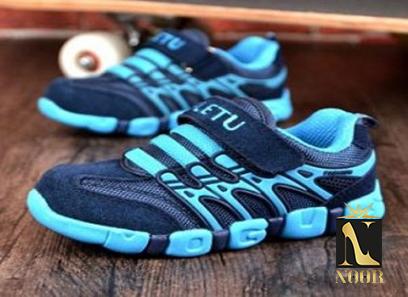



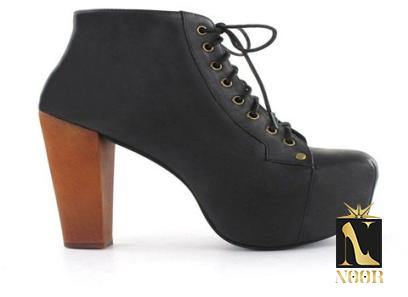
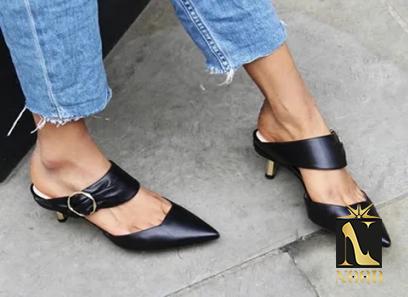
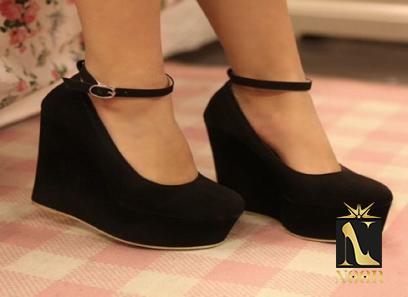

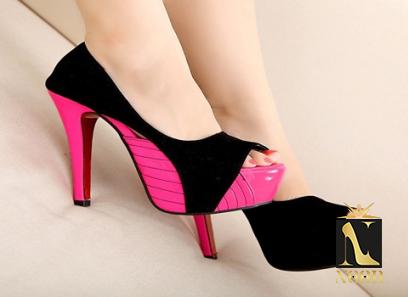
Your comment submitted.